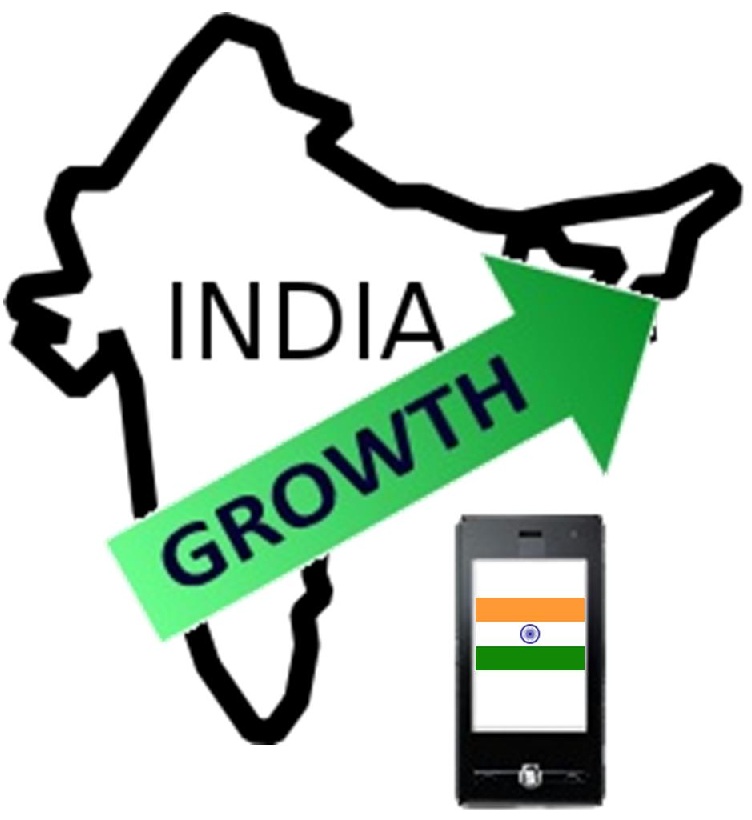LoopPay has acquired funding from Visa for its ambitious and innovative technology
LoopPay, a mobile payments firm based in the U.S., has announced that it has won funding from Visa. The exact amount of funding that has been provided by Visa has not yet been revealed, but the funding is expected to be used to help LoopPay launch its new technology later this year. The firm’s Magnetic Secure Transmission (MST) technology may add yet another layer of security to mobile commerce while further bolstering the mobile payment infrastructure.
LoopPay technology makes use of magnetic trips rather than NFC chips
The technology leverages the magnetic strips that can be found on payment cards in order to process mobile payments. LoopPay has opted not to make use of NFC technology, despite its popularity in the mobile commerce sector. The new technology means that existing point-of-sale systems can be made more mobile-friendly, as most are fashioned to make use of payment card information. Reducing the technological boundaries that separate mobile commerce and traditional commerce could help consumers become more active in the mobile shopping field.
Firm’s services can be used by iOS devices
 LoopPay provides a mobile application and case for iOS devices. The case is able to store and reach financial information, allowing iOS users to participate in mobile commerce relatively easily. The MST technology from LoopPay encrypts the financial information being transmitted to a point-of-sale system and this information is only available for a short amount of time before it is no longer readable.
LoopPay provides a mobile application and case for iOS devices. The case is able to store and reach financial information, allowing iOS users to participate in mobile commerce relatively easily. The MST technology from LoopPay encrypts the financial information being transmitted to a point-of-sale system and this information is only available for a short amount of time before it is no longer readable.
LoopPay may have found a way to get people involved in mobile commerce without forcing them to embrace new and unfamiliar technologies
Mobile commerce has become a competitive field in many parts of the world. In the U.S., many mobile payment firms are introducing services that make use of new technology that is designed to disrupt traditional commerce. This can be difficult for consumers to embrace, however, as they have been comfortable with traditional commerce for years. LoopPay may have found a way to encourage people to participate in mobile commerce without having to embrace new and unfamiliar technology.
Despite that fact, the share of the overall advertising market within the country remains quite small.
Online and mobile marketing in India is taking off at a rapid rate – regardless of the fact that it had a low point from which to start – and this is proving to be quite promising to those who are focused on advertising within the country.
This is also a promising development for companies that rely on online ad revenue for their existence.
According to the national trading head of digital media at the WPP media buying agency, GroupM, whose name is Praseed Prasad, who spoke of mobile marketing in the country, “Mobile advertising in India is the fastest growing among all verticals in the digital advertising space. This is primarily because consumers are spending more time on mobile Internet activities as compared to desktops, subsequently growth in desktop Internet is fast getting saturated.”
The Internet Mobile Association of India (IAMAI) recorded a 29 percent growth in the year that ended on March 31.
 That said, as much as the advertising channel is looking highly promising and is growing at a considerable rate, it continues to represent only a small fraction of the total market. It has been estimated that it makes up only about 10 percent of the total ad spending. But its rise is on the way. From 2012 to 2013, there was more than a doubling in the spending on mobile ads.
That said, as much as the advertising channel is looking highly promising and is growing at a considerable rate, it continues to represent only a small fraction of the total market. It has been estimated that it makes up only about 10 percent of the total ad spending. But its rise is on the way. From 2012 to 2013, there was more than a doubling in the spending on mobile ads.
The IAMAI associate vice president, Nilotpal Chakravarti, was quoted to say that “It is one of the fastest growing channels along with social media. Every brand is looking to have its presence on the mobile platform either through apps or through their mobile site.”
As the mobile marketing channel progresses along its growth in India, it continues to have a small base. Moreover, it is also falling behind the growth that is being experienced in internet and data consumption over smartphones and tablets in the country.
While this may be interpreted as a failing within the mobile marketing industry, to a certain degree, by some, others are viewing this as a tremendous opportunity. They feel that it is clear that the channel is set to skyrocket and they are making sure to stake their claims within the space before it becomes crowded.
 LoopPay provides a mobile application and case for iOS devices. The case is able to store and reach financial information, allowing iOS users to participate in mobile commerce relatively easily. The MST technology from LoopPay encrypts the financial information being transmitted to a point-of-sale system and this information is only available for a short amount of time before it is no longer readable.
LoopPay provides a mobile application and case for iOS devices. The case is able to store and reach financial information, allowing iOS users to participate in mobile commerce relatively easily. The MST technology from LoopPay encrypts the financial information being transmitted to a point-of-sale system and this information is only available for a short amount of time before it is no longer readable.
 That said, as much as the advertising channel is looking highly promising and is growing at a considerable rate, it continues to represent only a small fraction of the total market. It has been estimated that it makes up only about 10 percent of the total ad spending. But its rise is on the way. From 2012 to 2013, there was more than a doubling in the spending on
That said, as much as the advertising channel is looking highly promising and is growing at a considerable rate, it continues to represent only a small fraction of the total market. It has been estimated that it makes up only about 10 percent of the total ad spending. But its rise is on the way. From 2012 to 2013, there was more than a doubling in the spending on 